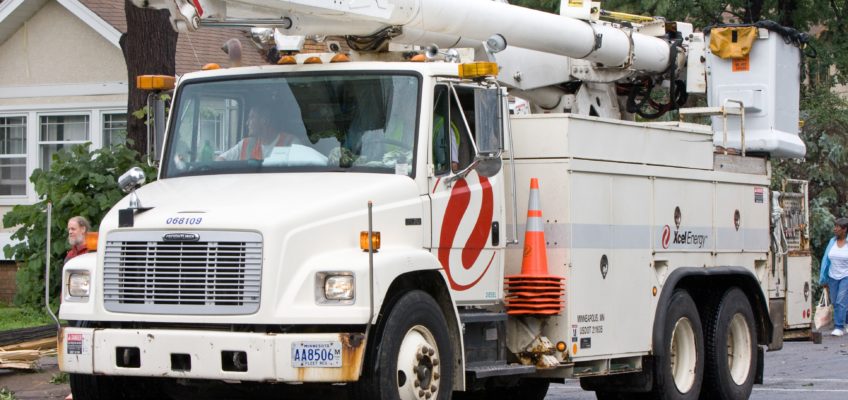Determining exactly how much local renewable generation can reach Xcel Energy customers in Minnesota hinges in part on how many of these projects the existing grid can accommodate. To that end, the state’s Public Utilities Commission compelled the utility last year to report on more than 1,000 “feeders” delivering electricity to homes and businesses across its Twin Cities service territory.
The study shows which areas of the grid can integrate more distributed energy resources, potentially helping streamline interconnection studies, and informing long-term infrastructure planning.
An initial review by ILSR indicated substantial available capacity for distributed generation — 1,851 megawatts (MW) throughout the Xcel network — even after accounting for projects that already installed or proposed. That’s nearly nine times more solar than is currently connected to the grid in all of Minnesota. But while that figure is encouraging, it’s also incomplete. The utility and the Minnesota Public Utilities Commission could do more to flesh out the analysis.
This week, in response to the Commission’s request for feedback, ILSR submitted comments that highlight lingering questions about the report and suggest ways to improve its comprehensiveness going forward. The text of our submission is included below, lightly edited for clarity.
Purpose of Analyzing Hosting Capacity
In general, our comments on potential improvements and our questions reflect the purpose of the hosting capacity analysis expressed the Company’s filing:
“ICF’s Integrated Distribution Planning report prepared for the Minnesota Public Utilities Commission noted that a hosting capacity analysis should be robust enough to satisfy three purposes: 1) indication of distribution feeder capacity for DER, 2) streamlining interconnection studies, and 3) annual long-term distribution planning.”
Proposed Improvements
ILSR believes the following improvements would help meet the three-part goal of the hosting capacity analysis outlined in the ICF study:
- Including impacts from existing distributed energy resources, as the Company suggested would be possible with the 2017 DRIVE Tool update
- Displaying these results on a heat map or similar visual tool in order to illustrate capacity in a way that aligns with the development process of securing land leases and physical project locations
- Developing a draft model or process that considers the potential impact of queued projects (e.g. those with signed interconnection agreements)
- Including sensitivity analysis that factors in the use of smart inverters to mitigate impacts of existing or queued projects
Other Questions and Comments
ILSR has the following questions about the hosting capacity analysis:
- How does the DRIVE Tool compare to the iterative and streamlined methods being used for hosting capacity analysis in California in terms of accuracy, time/cost, and ability to deliver improvements suggested in the prior section?
- In the Limitations section on page 10 of its report, the Company says “…[feeders] with existing DER have additional information that could not be utilized in the actual DRIVE Tool analysis for determining hosting capacity.” What is the nature of this omitted information, and what further insights would it provide were it to be included?
- Is the “Installed DG” term used in the table in Attachment A the same as the “Existing/Known DG” referenced in the Limitations section on page 10?
Our final question relates to the ultimate use of the hosting capacity analysis. The ICF report refers to two uses — to indicate capacity and to streamline interconnection studies — but additional clarity about the ultimate goals and outcomes for the report would be helpful. In a review of the hosting capacity analysis for New York’s Reforming the Energy Vision process, for example, intervenors have suggested the document can be used to “automate” the interconnection of distributed energy resources to the grid. ILSR agrees that this is a useful and desirable outcome, but hopes the Commission can provide more detailed guidance about its expectations in order to guide future iterations of the hosting capacity analysis.
Photo Credit: Tony Webster via Wikimedia Commons (CC 2.0).
This article originally posted at ilsr.org. For timely updates, follow John Farrell or Karlee Weinmann on Twitter or get the Energy Democracy weekly update.





